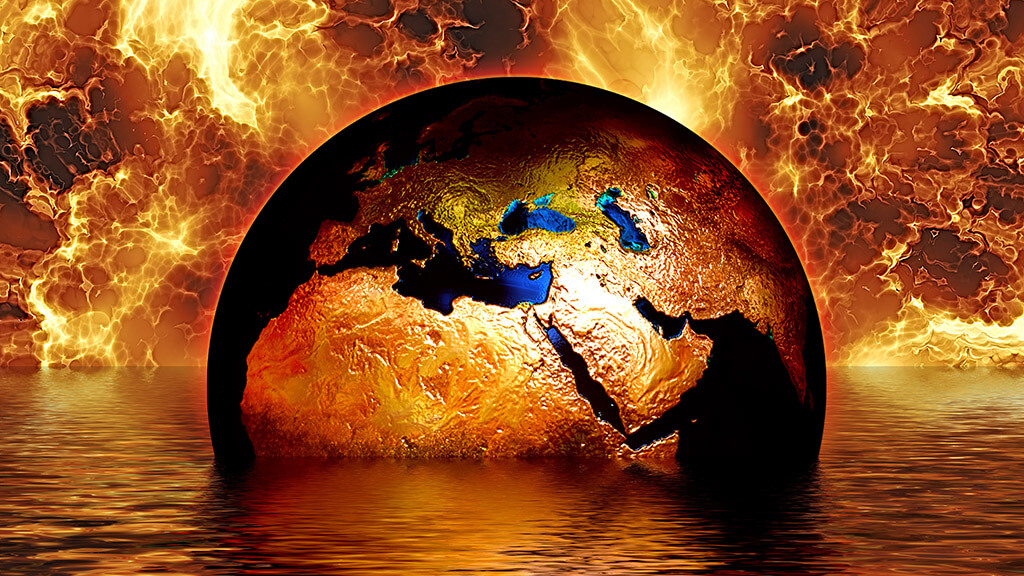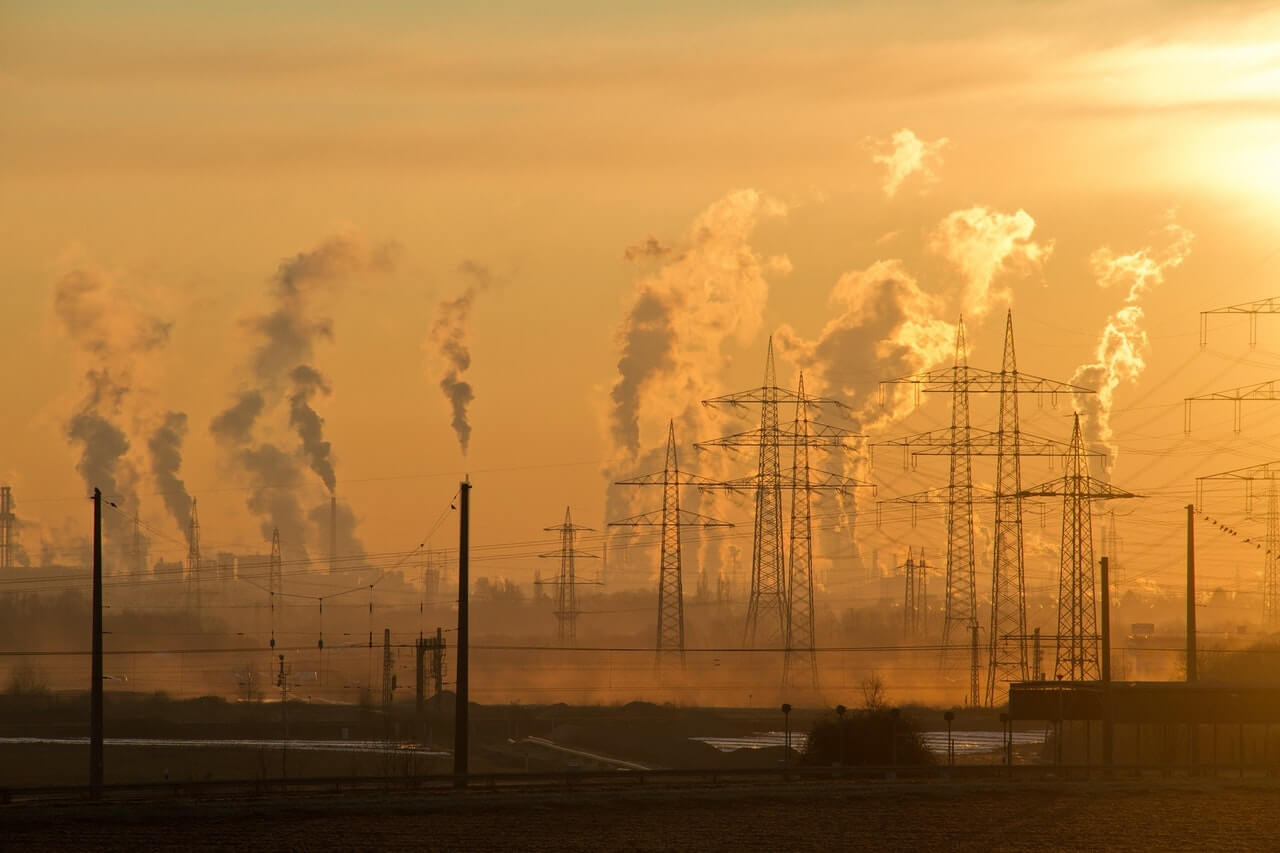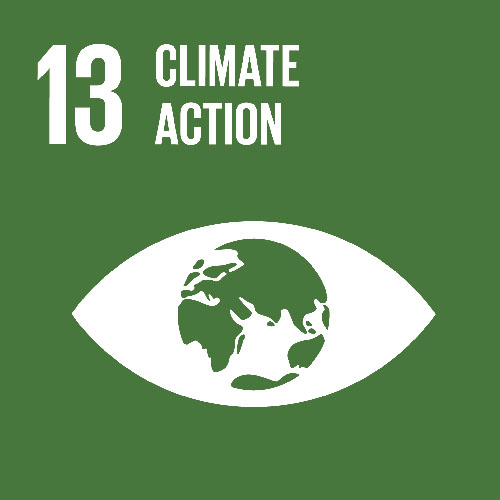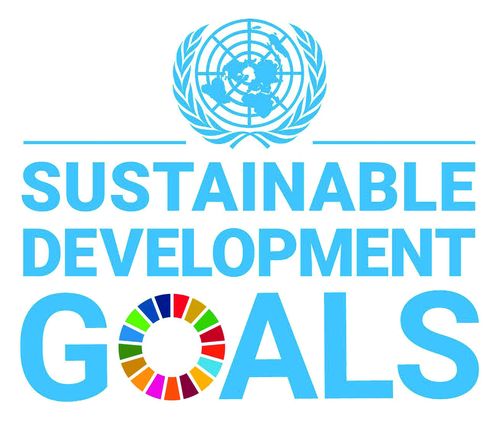What can governments and citizens do to combat climate change? BV’s JASON AGNEW continues his series on the UN’s Sustainable Development Goals…
SDG13: CLIMATE ACTION
UN SDG13 takes aim at climate change and its impacts.
May 2022 marked the 46th consecutive May — and the 449th consecutive month — with temperatures above 20th Century averages. In Europe, France had its hottest and driest May on record, and in Spain average temperatures were three degrees above the mean for May 1981 to 2010 — with Seville recording a new record of 41 degrees Celsius.
It was the ninth-warmest May on record, and the long-term outlook is for the mercury to keep rising.
 Levels of carbon dioxide and other greenhouse gases have risen to new highs, exacerbating the problem. Planet Earth enjoyed a brief respite because of pandemic lockdowns and travel bans: emissions dropped by six percent (a decrease of 7.6 percent per annum is required to limit the increase in global temperatures to 1.5 percent). But by the end of 2021, emissions had rebounded by 4.9 percent — and are predicted to soon surpass pre-pandemic levels.
Levels of carbon dioxide and other greenhouse gases have risen to new highs, exacerbating the problem. Planet Earth enjoyed a brief respite because of pandemic lockdowns and travel bans: emissions dropped by six percent (a decrease of 7.6 percent per annum is required to limit the increase in global temperatures to 1.5 percent). But by the end of 2021, emissions had rebounded by 4.9 percent — and are predicted to soon surpass pre-pandemic levels.
“What we’ve seen is that the demand that’s bouncing back now has been met largely by fossil fuels,” says Steven Davis, an Earth systems scientist at the University of California, Irvine, and a member of Carbon Monitor. Emissions levels are likely to increase as countries lift restrictions, and economies recover.
The Paris Agreement, adopted in 2015, aims to strengthen the collective response to climate change by keeping the global temperature rise less than two degrees Celsius above pre-industrial levels. World leaders organise summit after summit, reiterating the need to reduce our carbon footprint as they shuttle back and forth on private jets.
The public can be forgiven for some scepticism, but the veracity of global warming seems incontrovertible: climate-change denial is not a viable response. As ice caps melt and glaciers retreat, rising sea levels are threatening population centres from Miami to Mumbai, London to Lagos. By 2050, 800 million people will be living in cities where sea levels could have risen by more than half a metre.
When Hurricane Sandy struck New York in 2012, coastal floods impacted some 90,000 buildings in New York City alone. Two million homes lost power, commercial activity was disrupted, and the cost to the city more than $19bn.
Most importantly, 44 people lost their lives.
 If left unchecked, climate change will cause average global temperatures to rise beyond three degrees Celsius, and adversely affect every ecosystem. Already, we are seeing how climate change can exacerbate extreme weather events and food and water scarcity. That can lead to conflict. Doing nothing now will cost us all dearly.
If left unchecked, climate change will cause average global temperatures to rise beyond three degrees Celsius, and adversely affect every ecosystem. Already, we are seeing how climate change can exacerbate extreme weather events and food and water scarcity. That can lead to conflict. Doing nothing now will cost us all dearly.
Private investment of $681bn in renewable energy from 2013-16 was a rise of over 20 percent in “green” flows — but investment in fossil fuels continues to be higher than in climate activities ($781bn over the same period). Countries such as Brazil, India and China require high GDP growth to lift populations out of poverty. They point to the hypocrisy of developed countries which have long burned fossil fuels and decimated forests, and now expect developing nations to refrain from doing so.
Energy is at the heart of the climate challenge — and a key to the solution.
Fossil fuels are the largest contributors to global climate change, accounting for over 75 percent of greenhouse gas emissions and nearly 90 percent of all carbon dioxide emissions. Renewable energy sources — solar, wind, water, waste, and geothermal heat — are replenished by Nature and emit little or no greenhouse gases or pollutants.
Renewables offer a way out of import dependency, allowing countries to diversify their economies and protect themselves from unpredictable fuel price swings, while driving inclusive economic growth, job creation and poverty alleviation.
Renewable energy is the cheapest power option in most parts of the world, too. Prices for the technologies are rapidly dropping; the cost of solar power fell by 85 percent between 2010 and 2020. Costs of onshore and offshore wind energy fell by 56 percent and 48 percent respectively
These financial economies perhaps offer the best hope for success for SDG13 and for our collective future.






























